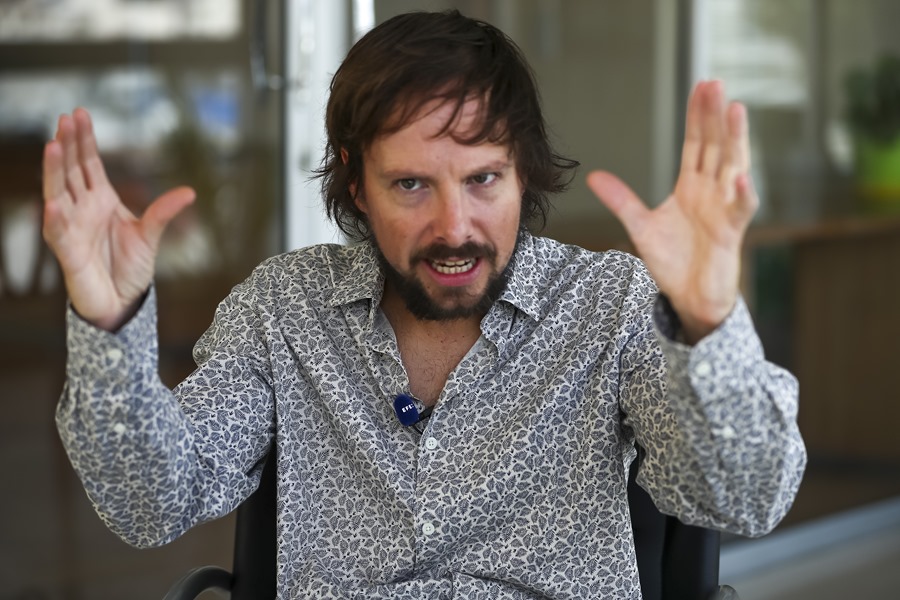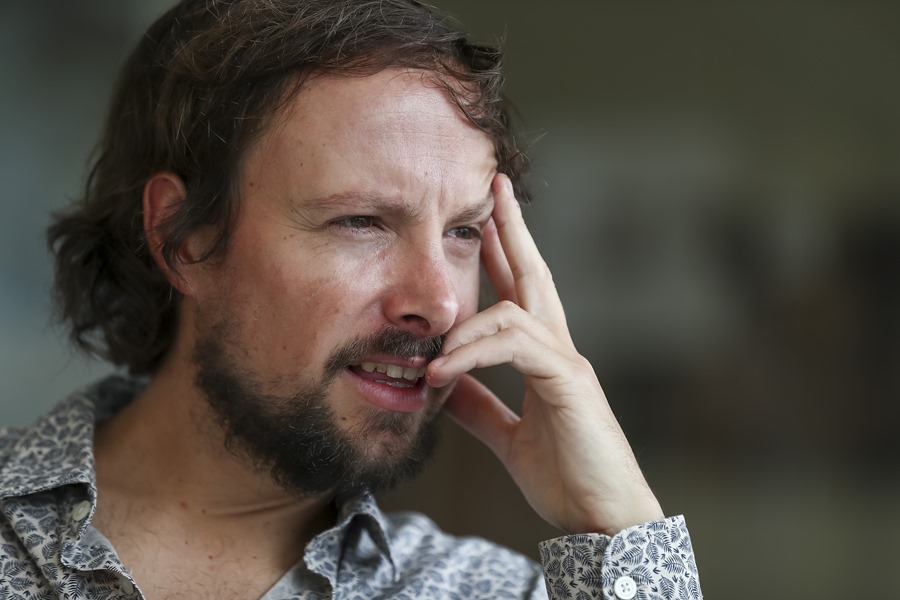Quito (EFE) Nicholas Buckley.
In “The Last Guerrillas of Ecuador”, Buckley gathers the testimonies of several members of this guerrilla and analyzes the reasons that prompted them to form this movement and the way in which they experienced their “rapid extermination”.
It also focuses on the subsequent integration of several of them into the movement of former President Rafael Correa (2007-2017) and the disenchantment experienced by some, in what he has called “a disagreement with modernity.”
Buckley, who is a professor at the European University of Madrid and has lived in Ecuador for several years, acknowledged in an interview with EFE that “Ecuadorian society is not very interested in talking about AVC, because what it creates are disagreements and discomfort and resentment ”.
“Part of society thinks that you want to reopen wounds. It is very similar to what happens when talking about ETA in Spain”, added the historian, whose doctoral thesis focuses on the Basque conflict, with testimonies from the terrorist organization.

relentless repression
For the author, the most interesting thing about this guerrilla that bears the name of former Ecuadorian President Eloy Alfaro (1895-1901 and 1906-1911), “is the rapid extermination suffered by its leaders.”
“It would be hard for me to find a guerrilla in Latin America that was founded in 1983 and, 3 years later, most of the leadership has been exterminated,” said Buckley, who recalls that at that time there was no dictatorship in Ecuador like those of Videla in Argentina or Pinochet in Chile, but rather a formally democratic government, that of former President León Febres-Cordero (1984-1988).
The emergence of this guerrilla in Ecuador occurred while its neighbors in Colombia and Peru were already facing insurgent movements.
“By the time AVC is born, in the State and in the Government there is already an imaginary in which, if a guerrilla is planted in Ecuador, it must be ended in any way,” he continued.
The M-19 guerrilla, its reference
Although Alfaro Vive Carajo was founded in the heat of the success of the 1979 Sandinista Revolution in Nicaragua, its “big brother” is the Colombian M-19.
“This Colombian guerrilla is made up mainly of university students, with a political discourse that is far removed from orthodox Marxism and the use of violence is discussed. AVC drinks a little from this experience and that makes them be careful when using violence, “said Buckley.
The members of AVC also have a similar origin, coming from wealthy sectors, which for the writer makes them more interesting to know “why an upper class person, or upper middle class, leaves their studies and goes into hiding, knowing that it is very possible that he will end up tortured or killed.”
“In the book you can also see how, especially on the coast, there are people of peasant origin”, but these hierarchies were not seen in the AVC structure, the author highlighted.
“There were peasants who could command and there were people from the wealthy urban classes who had to obey what these peasants said. It was a very cross-class experience,” he added.

Modernity and “disenchantment”
The writer considered that the irruption of Alfaro Vive is closely linked to the way in which modernity was introduced in Ecuador, starting in the 1970s, with the first oil “boom”, “when money really began to enter Ecuador and to have those oligarchies”.
“The peripheries of Guayaquil and Quito are excluded from that modernity, until Rafael Correa comes to power. I believe that the Citizen Revolution is the first serious attempt by a government in Ecuador to include the popular classes in the distribution of benefits”, Buckley opined.
At that time, the AVC militants see in Correa political premises very similar to theirs: sovereignty, anti-imperialism, redistribution of wealth, social justice… but some end up “disenchanted”.
“They are not disenchanted with Rafael Correa, but with a modernization process where the State is also a political actor that carries out very strong processes of domination, with bureaucratic and patronage structures, which occur in Latin America and also in Europe. ”, explained the author.
“I think this book can contribute a lot to the historiography of Ecuador, because it is interesting that, just when the AVC lays down its arms in the 90s, the indigenous movement gains strength. Talking about AVC today is talking about the Ecuadorian left, its open wounds, and the need for dialogue,” he concluded.






